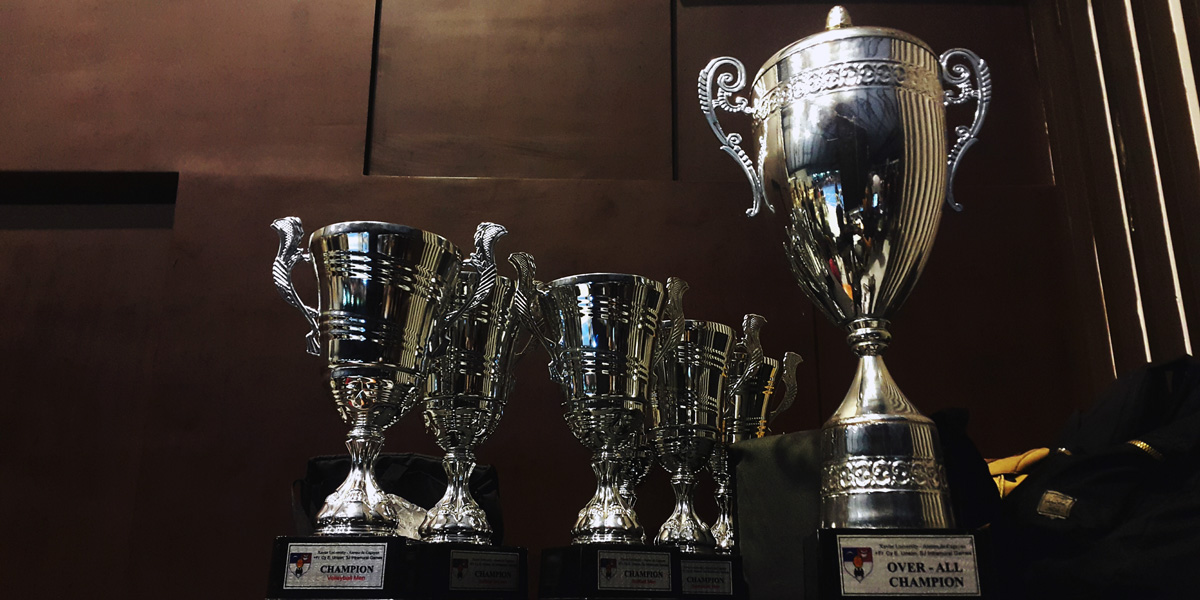Would you like to buy an upright or grand piano and you’re wondering which brand is the best? Or maybe you would like to check whether the brand of your instrument is among the most prestigious in your country? These questions are answered by the pianist Grzegorz Rychlik.
There are many brands in the industry that are more or less valued. Each brand carries a promise of quality, years of heritage and stories resounding, for some brands, for hundreds of years. The world’s most recognised upright and grand piano brands are Steinway, Bösendorfer, Fazioli, Yamaha, Kawai, Bechstein, Bluthner, Grotrian Steinweg and August Forster. What’s interesting is that the new Steinway D Concert Piano, which stands on the stage of many philharmonic orchestras in the world, is an expense of up to 200,000 euros.
But let’s come back down to earth…
Most often we look for good used pianos available in our budget. Personally, I think there are quite a few noteworthy German, Swedish, Czech and Japanese pianos on the aftermarket that are solidly made and can be bought at a reasonable price. Here the Klaviano search engine comes to your aid, where you can check the market price of a particular instrument, new or used.

However, it is worth remembering that upright and grand pianos of the same brand do not sound the same. On the one hand, it is true that the instruments of the X brand have a common identity, character, but they may differ significantly from each other. First of all, factory workers will not always manage to produce an instrument in the same way and the production process can change over the years. Secondly, in the case of used instruments, the way they are stored, the degree of wear and the ability of the technician who takes care of the instrument has a huge impact on the piano. Therefore, when choosing an instrument, I advise you to approach each one individually.
What should be taken into account when choosing the instrument? First of all, the technical efficiency of the instrument, the balanced sound, the preparation in terms of regulation and tuning. We should also assess the sound quality and avoid instruments whose sound is wordless, insipid or the other way round – too sharp.
What, then, is the sound quality? I am often asked about this. First of all, the sound should be open, sounding, rounded. From a good instrument you can hear clear bass and crystal-clear, pearly top notes. A nice sound is easiest to achieve in higher, concert instruments – although there are exceptions to this rule too.

Chinese Brands
There is currently a huge increase in the production of upright and grand pianos in China. A number of established brands have moved their factories there in order to reduce the cost of manufacturing instruments. The Chinese themselves have bought out the valued European companies and are producing instruments under the brand name of well-known brands.
Popular brands include: Wendl & Lung, Feurich, Pearl River, Ritmuller, Kingsburg, Perzina, Steinberg and the cheapest Kawai and Yamaha models.
Recently, I have had the pleasure of testing many instruments produced in China. I must admit that some upright and grand pianos definitely deserve attention and the quality in relation to price is getting better every year. So if you want a new instrument, consider Chinese manufacturers, whose models can often be tested locally.
It turns out that Chinese instruments are often manufactured from European parts, which has a positive impact on their quality and durability. I was very positively surprised by the quality of Pearl River or Feurich grand pianos – I was particularly impressed by the well-working mechanics of these instruments.
German brands
From German brands I recommend: Steinway, Grotrian Steinweg, Blüthner, C.Bechstein, August Forster, Schimmel, Sauter, Schiedmayer and Zeitter & Winkelmann.
There are also companies such as Steinmann, Geyer, Fuchs&Mochr, Zimmermann – these are pianos produced in eastern Germany, often by furniture companies. I recommend these pianos to people who are looking for a decent instrument at an affordable price and do not care about the spectacular effect. Polish brands Calisia and Legnica represent a similar level. These instruments are suitable for playing and practising at home.
Japanese brands
Japanese instruments are also popular – especially Yamaha and Kawai. Some models are produced in Japan, others in China or Indonesia. There are so many models from these companies on the market that it is very easy to get lost. Their advantage is reliable quality, precision and elegant appearance. Some of them unfortunately sound too bright, glazed, which not everyone likes. However, I can sincerely recommend the Yamaha U series pianos, in which we distinguish the popular U1, U2, U3 models.
Czech brands
Petrof, Rosler and Weinbach are Czech instruments, well-made and solid. If you want to choose a Czech piano on your own, you should rely on the opinion of someone with a skilled ear. It often happens that their sound is too sharp or insipid.
Scandinavian brands
More and more popular are Scandinavian pianos such as Nordiska, Malmsjo, Ostlindt, Svenska, Fazer. Generally they are very good educational pianos – often with German branded mechanisms mounted inside the instrument.
Polish brands
Now a paragraph on Polish productions. The most famous ones are of course Calisia and Legnica. The quality of production is rather unstable – it is worth looking at a particular piano before buying it. Older instruments are quite good, but later on it was different. The fact that there are a lot of them in music schools, community centres and primary schools, where they are rarely renovated and usually far from being in their prime years is also to their disadvantage.
Before the war, however, really valuable instruments were produced in Poland. The Polish market was characterised by real craftsmanship – not by global, serial production, which is now taking place. Sommerfeld, Seiler and Fibiger pianos are first-class instruments for playing and making music. There are still some of these pianos on the market – their condition doesn’t always allow them to be used, but it is worth taking care of them, renovating and sustaining traditions. These are instruments with potential that will pay back with beautiful playing.
I do not write about digital pianos because I am not interested in them. I play them sometimes out of necessity.



I want to learn more.
We are very pleased and invite you to read our other articles 😀